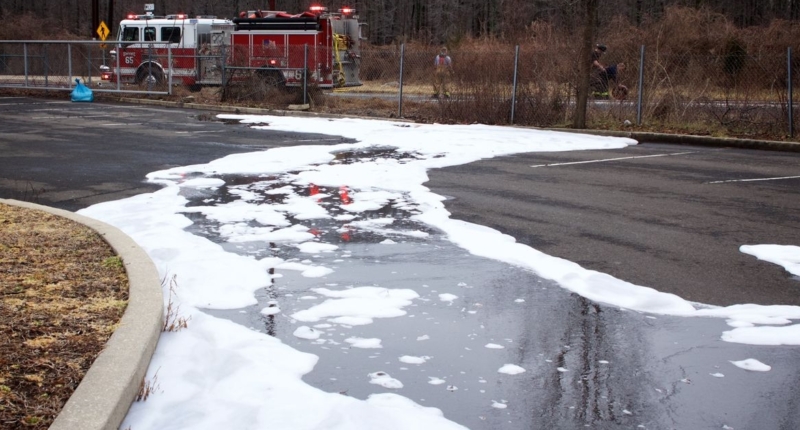Engineers at the University of British Columbia have developed a new method to clean drinking water of per- and polyfluoroalkyl substances (PFAS), commonly referred to as “forever chemicals.” PFAS are a large family of substances that have started to leach into the environment and pose several health risks. The new technology can filter out 99% of these potentially hazardous chemicals without leaving toxic residue, making it a viable solution, especially for smaller communities that lack resources to implement expensive solutions. The filters consist of an adsorbing material that traps PFAS, and by using electric currents and chemical reactions powered by light, those molecules are destroyed. The method is also environmentally friendly since the material can be regenerated and potentially reused. The study on the new method to remove “forever chemicals” from water is published in the journal Chemosphere. The next step is to test the technology in real-world field studies in several locations in British Columbia to further optimize the technology and have it ready as products that municipalities, industry, and individuals can use to eliminate PFAS in their water.
New Method Developed to Remove “Forever Chemicals” From Water
A team of engineers from the University of British Columbia has developed a new method to clean drinking water of per- and polyfluoroalkyl substances (PFAS), commonly referred to as “forever chemicals.” PFAS are a large family of substances that have an enormous industrial application and have started to leach into the environment, posing several health risks. However, the new method can filter out 99% of these potentially hazardous chemicals without leaving toxic residue.
The filters consist of an adsorbing material that traps PFAS, and by using electric currents and chemical reactions powered by light, those molecules are destroyed. According to engineering professor Dr. Madjid Mohseni, who developed the technology, “Our adsorbing media captures up to 99% of PFAS particles and can also be regenerated and potentially reused. This means that when we scrub off the PFAS from these materials, we do not end up with more highly toxic solid waste that will be another major environmental challenge.”
Dr. Mohseni’s research group focuses on developing water solutions for rural, remote, and Indigenous communities, and this approach doesn’t require massive filtering facilities. “Our adsorbing media are particularly beneficial for people living in smaller communities who lack resources to implement the most advanced and expensive solutions that could capture PFAS,” added Dr. Mohseni. “These can also be used in the form of decentralized and in-home water treatments.”
The next step is to test the new technology in the real world. From this month onward, Dr. Mohseni and his team will be going to a number of locations in British Columbia to see how well the system works with regular water supplies. “The results we obtain from these real-world field studies will allow us to further optimize the technology and have it ready as products that municipalities, industry, and individuals can use to eliminate PFAS in their water,” explained Dr. Mohseni.
The significance of this new method is the potential to remove these hazardous chemicals without leaving any toxic residue. The fact that it can also be regenerated and reused makes it an even more viable solution, especially for smaller communities that lack resources to implement expensive solutions. The real-world field studies that are to be conducted this month will further optimize the technology, making it ready for implementation by municipalities, industry, and individuals.
The study on the new method to remove “forever chemicals” from water is published in the journal Chemosphere.
Don’t miss interesting posts on Famousbio
